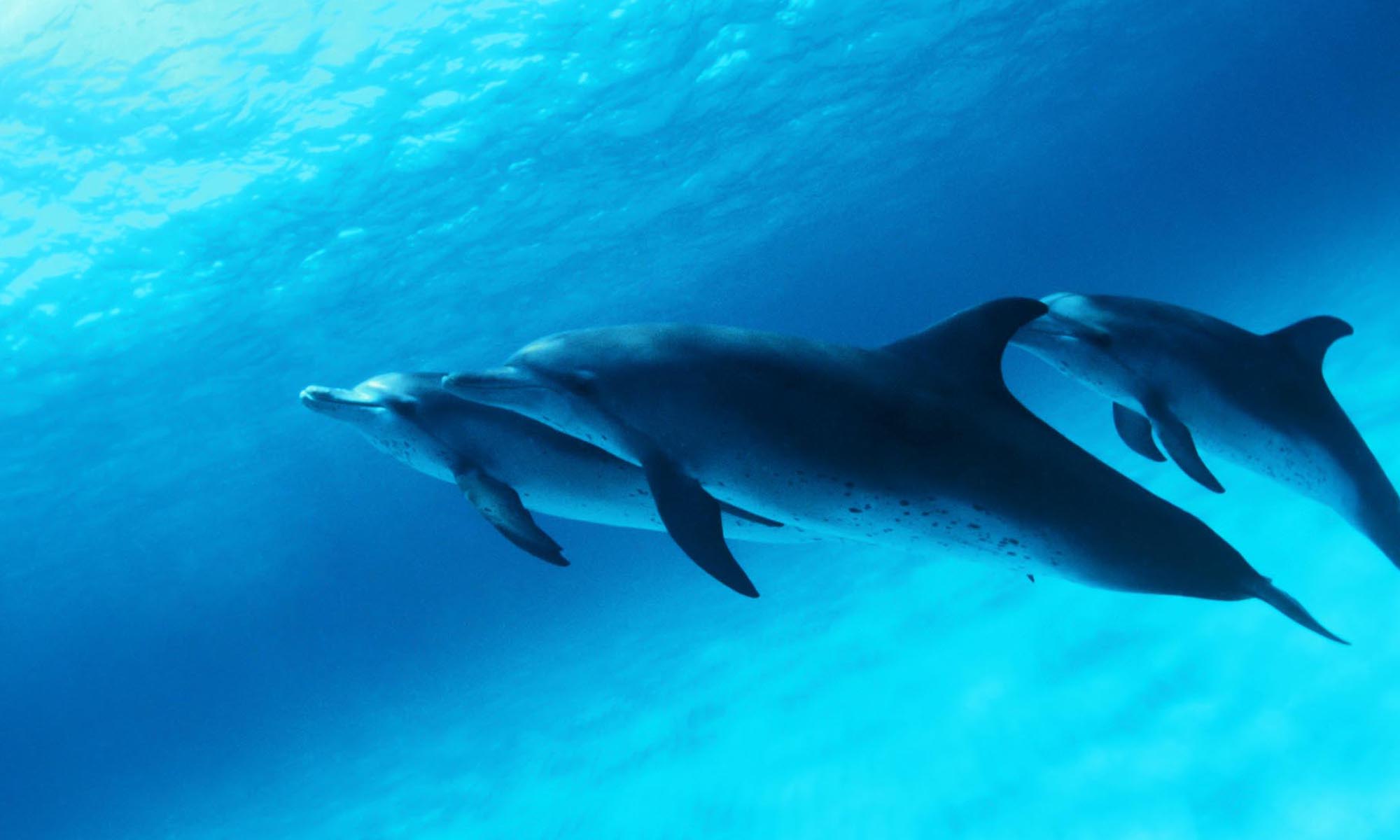On April 17, 2025, the U.S. Fish and Wildlife Service (“FWS”) and the National Marine Fisheries Service (“NMFS”) published a notice of proposed rulemaking to rescind the agencies’ respective regulatory definitions of “harm” as that term appears in the statutory definition of “take” in the Endangered Species Act (“ESA”), 16 U.S.C. § 1531 et seq. Comments on the proposed rescission are due by May 19, 2025. See 90 Fed. Reg. 16102 (Apr. 17, 2025).
The ESA is the principal U.S. law protecting plants and animals that have been designated as likely to face extinction. The statute therefore broadly prohibits the “taking” of an endangered species. The statute itself defines “take” to mean “to harass, harm, pursue, hunt, shoot, wound, kill, trap, capture, or collect, or to attempt to engage in any such conduct.” 16 U.S.C. § 1532(19). By regulation, FWS further defined the word “harm” to mean “an act which actually kills or injures wildlife. Such an act may include significant habitat modification or degradation where it actually kills or injures wildlife by significantly impairing essential behavioral patterns, including breeding, feeding or sheltering.” 50 C.F.R. § 17.3. NMFS issued a materially identical definition of “harm.” 50 C.F.R. § 222.102.
The Supreme Court in Babbitt v. Sweet Home Chapter, 515 U.S. 687 (1995), upheld the regulatory definition of “harm,” giving it Chevron deference. Since Loper Bright Enterprises v. Raimondo, 603 U.S. 369 (2024), overruled Chevron, the agencies now contend that the current definitions do not constitute the “best reading” of the statutory term “harm.” Instead, the agencies point to the dissenting opinion in Sweet Home, which interpreted “harm” in light of the traditional understanding of “take,” which is to kill or capture a wild animal. Under this view, “take” requires an affirmative act against the species, not actions that affect the species indirectly.
The agencies recognize that Loper Bright itself stated that prior cases that relied on Chevron are still subject to statutory stare decisis. However
under the then prevailing Chevron framework, Sweet Home held only that the existing regulation is a permissible reading of the ESA, not the only possible such reading. Our rescission of the regulation definition on the ground that it does not reflect the best reading of the statutory text thus would not only effectuate the Executive Branch’s obligation to “take Care that the Laws be faithfully executed,” but would also be fully consistent with Sweet Home.
90 Fed. Reg. at 16103
The rescission of the regulatory definition of “harm” seems geared to address scenarios in which, for example, a construction project does not directly kill or injure a species but modifies the species’ habitat and thereby forces it to vacate the area.
The rulemaking presents several issues worth considering.
First, on the substance, while the agencies propose to rescind the definition of “harm,” they do not propose rescinding the regulatory definition of “harass.” “Harass” is defined in part to mean “annoying [the species] to such an extent as to significantly disrupt normal behavioral patterns which include, but are not limited to, breeding, feeding, or sheltering.” 50 C. F. R. § 17.3. (NMFS has no parallel definition of “harass.”) It would seem that most actions that amount to “harm” on the basis of habitat degradation would also constitute “harassment.”
Second, the rulemaking probably has no impact on endangered species maintained in a captive environment. Even if the “harm” definition is rescinded, the “harass” definition remains and, as it applies to captive wildlife, “harass” has been consistently defined by FWS to exclude “animal husbandry practices that meet or exceed the minimum standards for facilities and care under the Animal Welfare Act.” 50 C.F.R. § 17.3. That is, while a captive endangered species cannot be lawfully “harassed” under the ESA, there is no such harassment if the endangered species is held under conditions that comply with the Animal Welfare Act (“AWA”). However, since “harm” was not defined with a link to the AWA, the deletion of the “harm” definition would eliminate the potential ambiguity that a captive species can be “harmed” even if the actions at issue are AWA-compliant.
Third, the rulemaking will likely test the contours of the Loper Bright pronouncement on statutory stare decisis. Sweet Home was a Chevron-based case, but the agencies seem to be taking the position that statutory stare decisis will not control the outcome because their actions are required by the Executive Branch’s constitutional duty to take care that the laws be faithfully executed. 90 Fed. Reg. at 16103 (citing U.S. Const. art. II, § 3).
